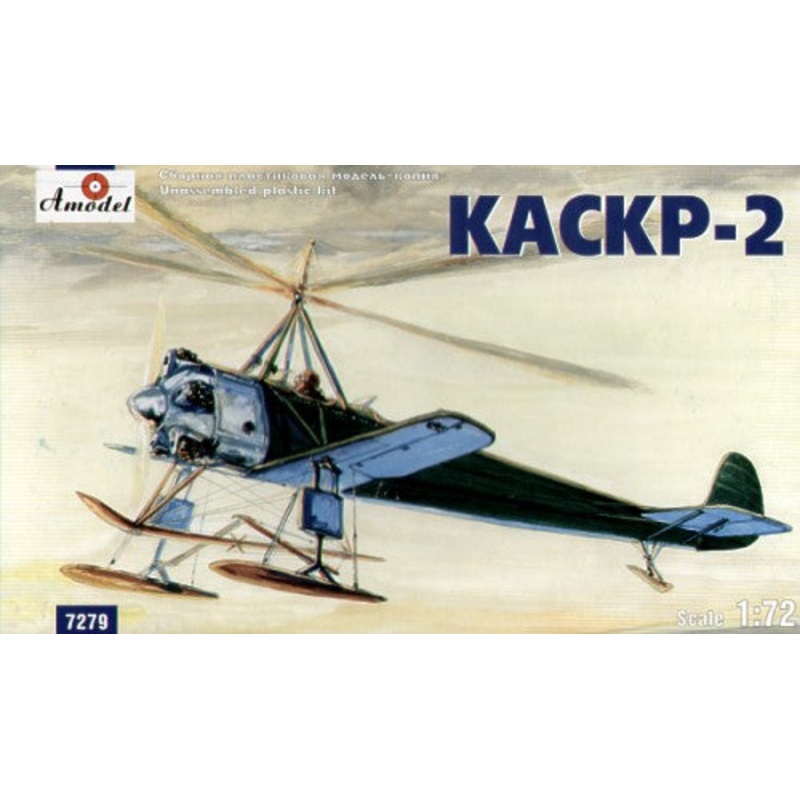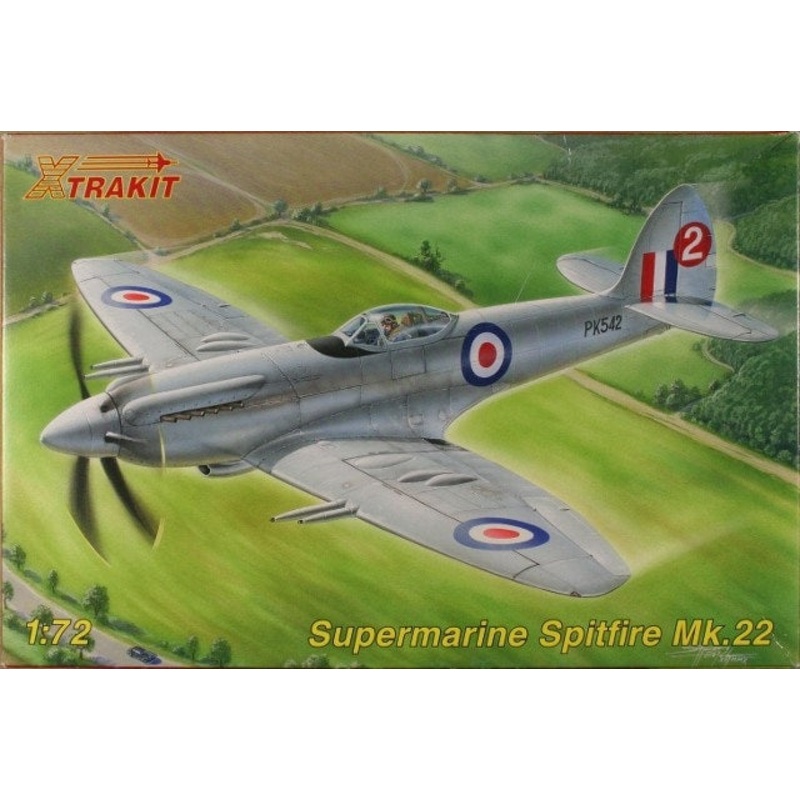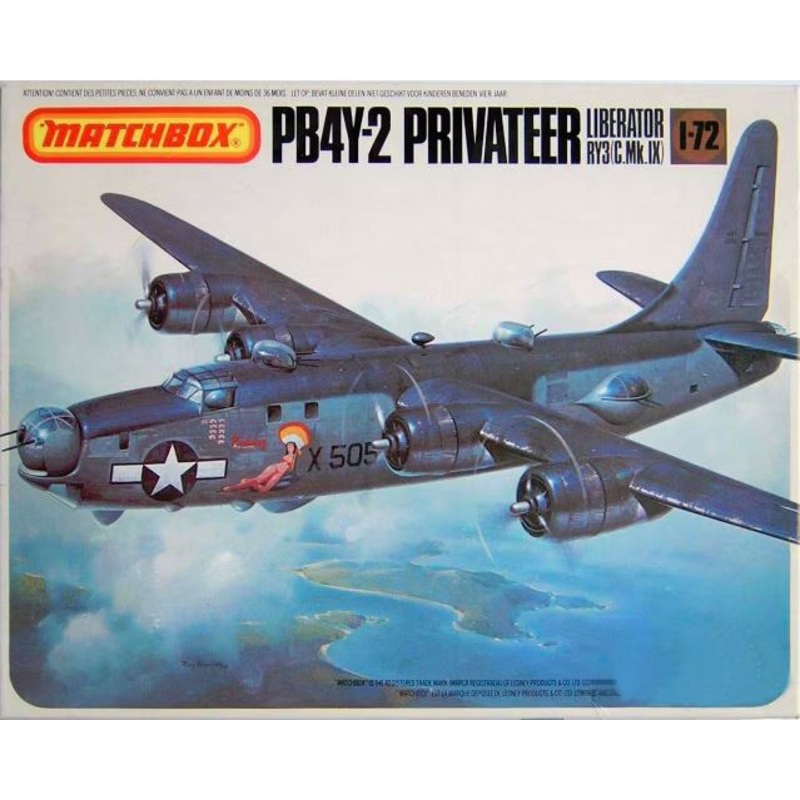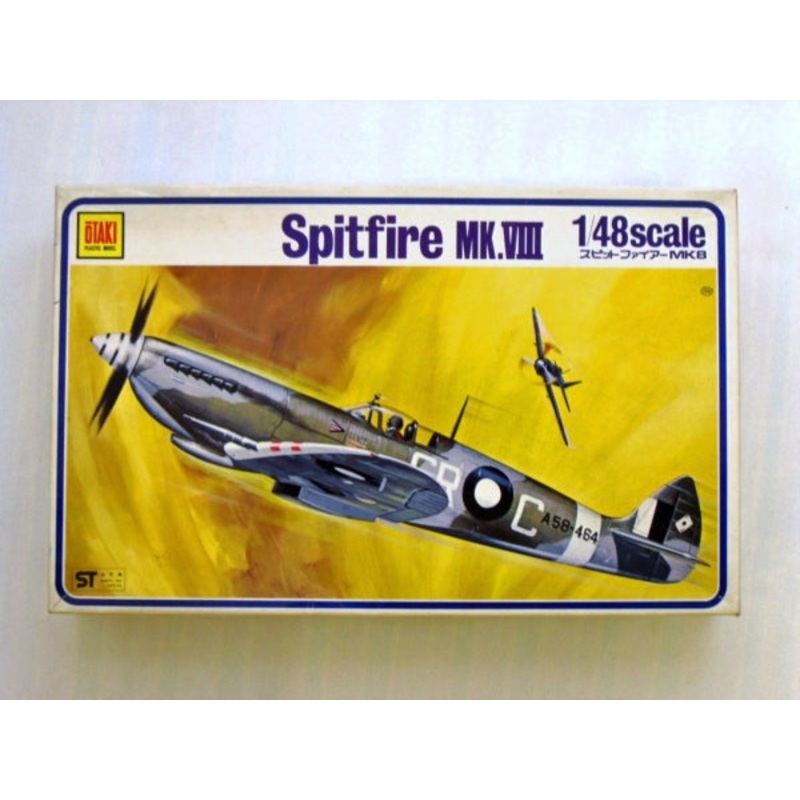The KASKR-2 was a prototype Soviet gyroplane from the interwar period. The machine was built in 1929, and its flight took place in the same year or a year later (1930). The drive was provided by a single Gnome-Rhone Titan engine with 230 HP. The machine was 9.3 m long with a wingspan of 8 m and a rotor diameter of 12 m. The gyroplane or autogyro KASKR-2 was largely developed by the later famous helicopter designer Nikolai Kamov. In essence, it was an evolutionary development of the previous machine of this type from 1929 – the KASKR-1. Compared to its predecessor, however, it had a more powerful drive unit, as well as a slightly reinforced structure. Externally, however, both structures were very similar to each other. It is worth adding that both were based on the Cierva C-8 gyroplane. In practice, the KASKR-2 was used only for tests and experiments and to check the volatile properties of machines of this type
Additional items required to complete kit as illustrated





Reviews
There are no reviews yet.